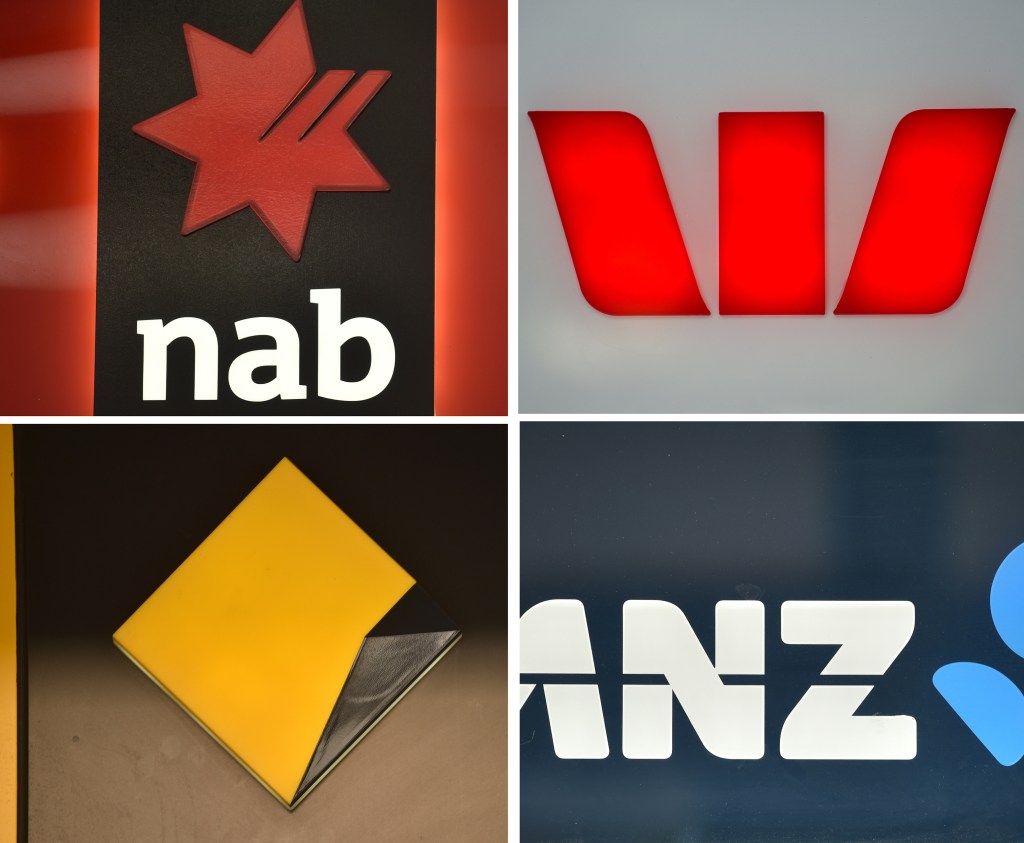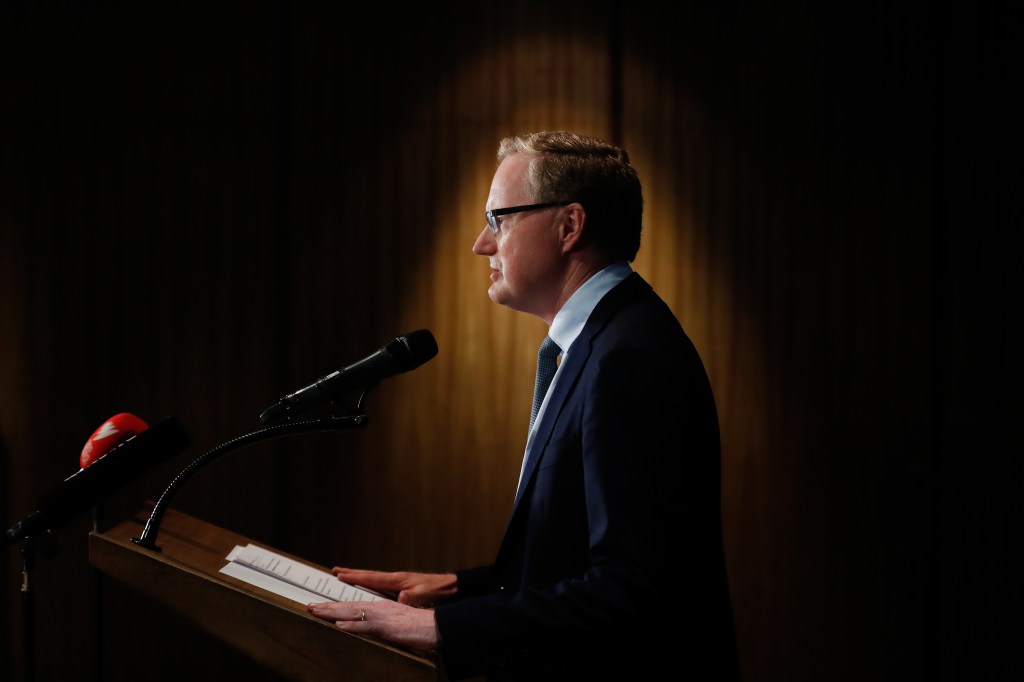The sector has emerged from the pandemic with its best result since 2018 – a 7% increase in cash earnings to $28.5bn, driven by a long-anticipated turn in the interest-rate cycle.

An untested firewall surrounds the economy and the banks ahead of an expected downturn, as the nation’s big four lenders bask in a gradually closing window of economic sunlight.
The sector has emerged from the pandemic with its best result since 2018 – a 7% increase in cash earnings to $28.5bn, driven by a long-anticipated turn in the interest-rate cycle, according to Ernst & Young, Australia (EY).
“Significant and interconnected global threats and tightening of global financial conditions could result in a slowdown in economic activity relatively quickly, fuelling a growing likelihood of global recession that would have spill-over effects in Australia,” forecasts Doug Nixon, EY Oceania Banking and Capital Markets Leader.
Aggressive financial tightening by the Reserve Bank to combat persistent inflation enabled the major banks with September balance dates to inflate their net interest margins in the second-half by lifting mortgage rates faster than deposit rates.
While the initial impact was positive, the general rule is that costs eventually go up, followed by bad debts.
In the meantime, the credit environment could not have been more benign, highlighted in 2022 by a collective writeback of $133m.
Ho hum, you might say. And you’d be right, because it’s the outlook which determines the price of equities, more so than the last profit announcement.
On Thursday night, RBA deputy governor Michele Bullock repeated the November statement on monetary policy’s sobering outlook, saying larger-than-expected increases in food prices meant that headline inflation would peak next month at about 8 per cent.
Growth in GDP was expected to slow early next year, as the recovery in household spending from pandemic-related restrictions ran its course.
Unemployment was forecast to remain at about 3.5 per cent until mid-2023 before rising to 4.25 per cent by the end of 2024.
The RBA said in its statement on monetary policy that Australia was better positioned than the US or Britain but the global outlook was darkening, with recessions likely in major developed economies.
Policy tightening to cool inflation could “expose previously unrecognised vulnerabilities in the global economy”.
PwC Australia banking and capital markets leader Sam Garland said in a note after the banks’ September-year results that the range of plausible scenarios for the 2023 financial year was “extraordinarily broad”.

Some, such as falling asset prices, were legacies of the pandemic, but others included a broad spectrum of supply constraints, especially labour, food and energy.
“It’s likely that, as the global economy pivots in the face of these challenges, that it – but not necessarily Australia – moves into recession,” Mr Garland said.
Threats and challenges
Knowing the threats and challenges, the major-bank chief executives prefer to accentuate the positive – our resilience in the face of previous downturns, and some structural weaknesses which on closer examination turn out to be strengths.
One example is the common refrain that the nation’s household sector is burdened with a world-beating level of debt.
ANZ Bank chief executive Shayne Elliott said the truth was that households in Australia and New Zealand are wealthier, more liquid and more employed than ever.
In Australia, household debt net of liquid assets, excluding superannuation and property, was “around zero”, its lowest level in 15 years, and the number of customers behind on debt repayments continued to fall, although that was soon expected to turn.
“I realise we’re talking in averages and that the risk lies in the tails, but nonetheless the data is instructive,” Mr Elliott said.
“I can’t over-emphasise the impact that cost of living pressures is having on the community – it’s clearly an issue not only at the supermarket and petrol station but also with household utilities, and now the cost of living itself with the rent or mortgage repayments.
“All of these factors are certainly having an impact on our retail and small business customers. However, our data shows that they are entering this period of stress in strong shape.”
Mr Elliott said “stress spots”, for example where first-time home owners had borrowed heavily and were now experiencing price falls, were few and far between.
But it was worth noting that 13% cent of postcodes had already experienced average house-price falls of more than 10%.
ANZ’s exposure in those postcodes to customers in negative equity was about 0.4 per cent of its book, or $780m.
This would increase to 1% of the book if values were to fall a further 10 per cent.
“To be clear, there are economic risks ahead, but we are entering 2023 in great shape, with positive momentum, and well-prepared for whatever challenges lie ahead,” the ANZ boss said.
Business conditions ‘strong’
National Australia Bank, the nation’s biggest business lender, also enjoyed the economic sunlight, boasting 13% growth in small and medium-sized business lending and market share gains.
While rate hikes were starting to show some impact on growth, as they were in home-lending, chief executive Ross McEwan said there were “no signs” of deeper problems.
“Business conditions are still very strong,” Mr McEwan said.
On home-lending, the NAB chief growth was likely to fall from 7% last year to 2.5-3 per cent in 2023.
“So we still see growth, but the market is changing quite dramatically and it is turning into a refinance market as people look to find a better rate as interest rates rise,” he said.
“You are seeing quite a shift and the margin compression in the home-lending market is quite considerable as funding costs become higher, even though interest rates are rising.”
The trend was sufficiently pronounced for NAB to devote any spare balance-sheet capacity to the business bank, even if it means the home-loan portfolio temporarily grows at a lesser rate than the wider banking system.
Westpac chief executive Peter King said he expected the cash rate to peak in a range of 3.5-4%, before starting to fall in 2024.
While interest rates were rising rapidly and house prices were falling, the economy remained strong and unemployment was at a record low.
“At this point we haven’t seen spending really slow down; probably just a little bit,” Mr King said.
“So, we’re just highlighting that we think interest rates need to move up further from here to slow the economy and slow inflation.
“There are long leads here so we still have not started processing the last three interest rate increases into monthly mortgage payments, which is why I think the Reserve Bank has effectively moved back to 25 basis-point increases and they’re going to look at that data.”